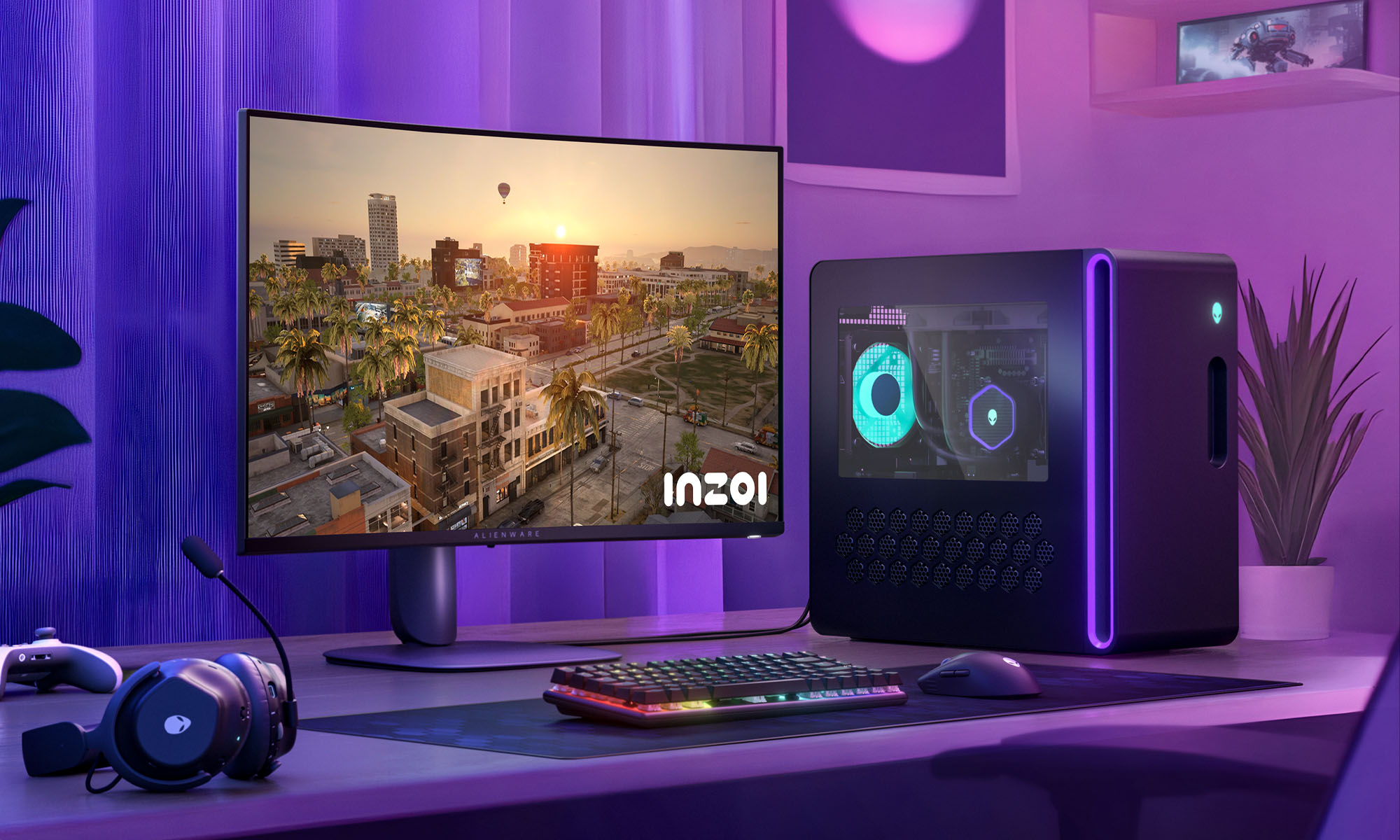News
Low-Code/No-Code: Democratizing Software Development
Learn how low-code/no-code platforms are revolutionizing software development and empowering organizations.

It’s no secret software development is no easy task; writing good code is a skill that takes years to master and is a continual learning experience. Coding demands a highly advanced and in-depth understanding of programming languages and development protocols, especially considering the complexity of enterprise applications. It’s certainly not something the average Joe can just pick up and learn.
Demand Vs Supply: The Global Developer Shortage
As more and more processes are automated, this creates a need for new applications, and the bottom-line is there’s a global shortage of skilled developers to meet these application demands.
We’ve reached a point where there are far too many vacancies and not enough highly skilled developers available — despite numerous layoffs — and this shortage is only expected to get worse.
Organizations need to change their approach to combating this shortage. Instead of waiting for a skilled developer to turn up, the focus must shift to simplifying software development, enabling anyone to participate in the development process even without formal training. Enter citizen development.
Citizen development is an approach to software development that revolves around enabling non-IT-trained individuals in an organization to develop software, workflows, and automations without having to rely on skilled coders.
Software Development Doesn’t Need To Be Complicated
Due to ease of use, low-code/no-code (LC/NC) development platforms are leading the citizen development charge. These platforms make software development accessible and fairly easy to pick up due to the straightforward and intuitive interfaces they feature.
With LC/NC platforms, the development process can be as simple as dragging and dropping software elements and linking them to create workflows. The underlying code governing the behavior of these elements is prewritten and designed to help them work together. Thanks to these platforms, developers no longer have to write each line of code individually, freeing them up to focus on more pressing tasks. These platforms also enable those without formal software development training and experience to develop simple applications or software functions. This can significantly shorten development times, enabling rapid delivery.
More and more organizations are beginning to adopt LC/NC platforms into their development process; Gartner predicts that “by 2025, 70% of new applications developed by organizations will use low-code or no-code technologies“.
It’s Not All Smooth Sailing, However..
Yes, LC/NC platforms can greatly speed up the software development process, but they lack the scalability and control traditional coding offers since you’re relying on the functionality of a completely distinct development platform. And while nowhere near as steep as pro-code development, LC/NC platforms do still have a learning curve, especially when you’re someone with limited or zero software development experience. This means training costs will also have to come into the equation when an organization aims to equip a team of citizen developers.
When dealing with citizen developers and their relatively limited skillsets, experts still have an important role to play in the development process. Someone needs to test the applications developed by citizen developers to make sure everything is working as it should, and who better to handle testing than the experts? And it’s not just testing; they can even make optimizations when necessary.
A Future Where Skilled Coders And Citizen Developers Can Work Together
The increasing adoption rates of LC/NC platforms aren’t a threat to developer jobs. These platforms aren’t going to replace them; rather, they can free the experts up to actually focus on critical development tasks instead of repetitive and simple processes.
If anything, the increased adoption rates of LC/NC platforms will drive up the stock of expert coders because we’re looking at a future where anyone can develop software but only a few can code.
News
Alienware Just Announced Six New Gaming Monitors
The new models include three QD-OLED and three budget-friendly QHD options, expanding the company’s lineup for all gamers.

Alienware has just updated its gaming monitor lineup with six new additions, including the highly anticipated Alienware 27 4K QD-OLED Monitor. The latest wave of releases is set to reach more gamers than ever, offering high-end QD-OLED displays alongside more budget-friendly options.
The latest displays clearly show that the company is doubling down on QD-OLED with three new models sporting the technology. A redesigned Alienware 34 Ultra-Wide QD-OLED Monitor is also making a return, further refining what is already a fan-favorite display.
A Unified Design: The AW30 Aesthetic
All six monitors feature Alienware’s new AW30 design language, first introduced at CES. The AW30 aesthetic brings a futuristic, minimalist look that unites the entire lineup under a cohesive visual identity.
Pushing QD-OLED Even Further
The refreshed Alienware 34 Ultra-Wide QD-OLED Monitor (AW3425DW) builds on its predecessor’s success with a 240Hz refresh rate (up from 175Hz) and HDMI 2.1 FRL support. It also gains G-SYNC Compatible certification alongside AMD FreeSync Premium Pro and VESA AdaptiveSync, ensuring ultra-smooth performance. With a WQHD (3440×1440) resolution and an 1800R curve, this display enhances immersion for both gaming and cinematic experiences.
For those who crave speed, the Alienware 27 280Hz QD-OLED Monitor (AW2725D) pairs a high refresh rate with QHD resolution, balancing sharp visuals with ultra-smooth gameplay. Meanwhile, the Alienware 27 4K QD-OLED Monitor (AW2725Q) delivers stunning clarity with an industry-leading pixel density of 166 PPI, making it the sharpest OLED or QD-OLED monitor available.
Also Read: Infinite Reality Acquires Napster In $207 Million Deal
Worried about OLED burn-in? Alienware’s entire QD-OLED lineup comes with a three-year limited warranty covering burn-in concerns, offering peace of mind for gamers investing in these high-end displays.
Bringing QHD To A Wider Audience
Alongside QD-OLED, Alienware is also releasing three new QHD gaming monitors aimed at more price-conscious gamers. The Alienware 34 Gaming Monitor (AW3425DWM), Alienware 32 Gaming Monitor (AW3225DM), and Alienware 27 Gaming Monitor (AW2725DM) provide a range of sizes and formats to suit different preferences:
- The Alienware 34 Gaming Monitor (AW3425DWM): An ultrawide (WQHD) option for a panoramic, immersive experience.
- The Alienware 32 Gaming Monitor (AW3225DM): A standard 16:9 panel for a traditional but expansive desktop setup.
- The Alienware 27 Gaming Monitor (AW2725DM): A 27” display offering the same performance in a more compact form factor.
All three gaming monitors feature a fast 180 Hz refresh rate, a 1ms gray-to-gray response time, and support for NVIDIA G-SYNC, AMD FreeSync, and VESA AdaptiveSync to eliminate screen tearing. Additionally, with 95% DCI-P3 color coverage and VESA DisplayHDR400 certification, these displays deliver vibrant colors and high dynamic range for lifelike visuals.





















